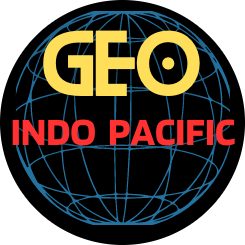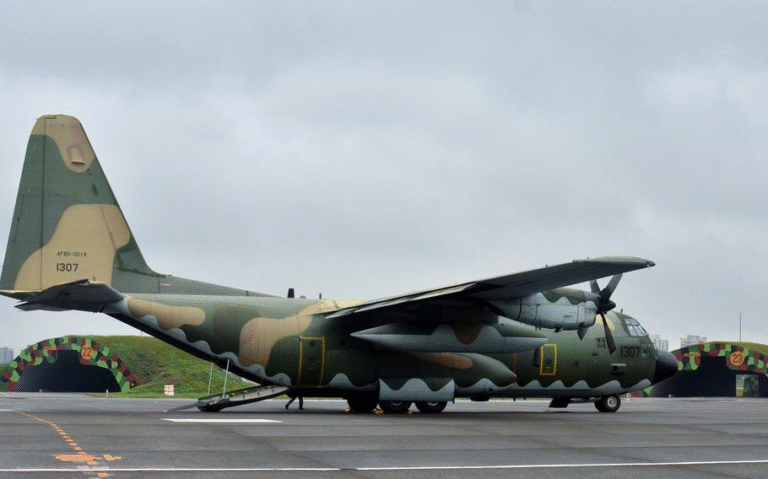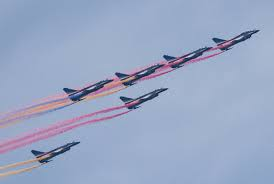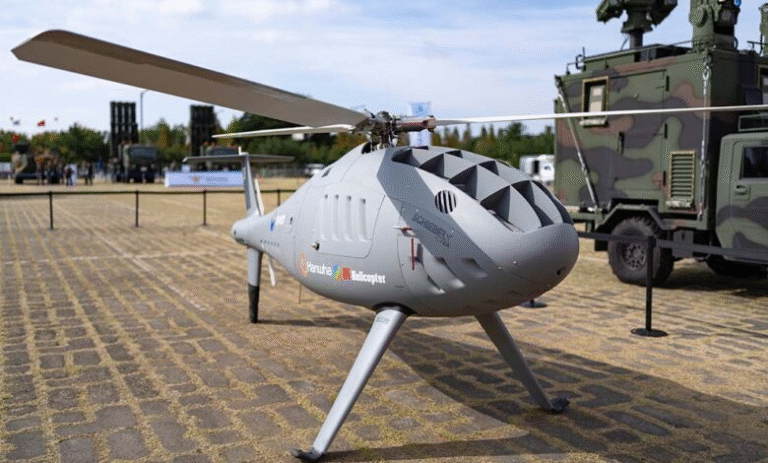
China is advancing work on a new aircraft carrier, likely its first with nuclear propulsion, a new report by The War Zone analyzing recent imagery suggested.
The People’s Liberation Army Navy (PLAN) recently commissioned its first domestically produced, advanced-generation aircraft carrier, the Fujian.
Nuclear propulsion lets a carrier stay at sea longer, power advanced systems, and strike anywhere with minimal refueling needs. France is the only country besides the U.S. to operate a nuclear-powered carrier, the Charles de Gaulle.
China’s navy surpasses the U.S. Navy in numbers of battle force ships, making it the largest in the world, according to Pentagon assessment. The Chinese fleet includes three conventionally powered aircraft carriers. The U.S., meanwhile, has 11 active nuclear-powered supercarriers.
Recent images leaked online of the carrier under construction, known as Type 004, appear to show a reactor containment structure similar to those found on U.S. nuclear-powered supercarriers. The War Zone described this as “strong evidence” supporting earlier speculation that the vessel will be nuclear-powered, though not yet conclusive.
Analysts at Defense Security Asia are also interpreting two large, circular steel structures visible on the ship’s upper deck in satellite and leaked imagery as reactor pressure vessel covers. The hull section reportedly exceeds 1,050 feet in length and The Type 004’s dimensions suggest an overall displacement between 105,000 and 110,000 tons.
The War Zone also reports that China appears to be constructing another carrier at a separate site, indicating parallel shipbuilding efforts. A global carrier race is underway, with Turkey and France developing next-generation carriers and questions emerging about whether India will pursue a similar program.
China’s Fujian is equipped with electromagnetic aircraft launch systems, like USS Gerald R. Ford. France is also seeking to integrate EMALS for faster, smoother, and heavier launches, on its next-generation carrier under construction, which will also be nuclear-powered.
Chen Binhua, a spokesperson for the State Council’s Taiwan Affairs Office, quoted by Xinhua on Wednesday: “The arrival of the ‘three-carrier era’ constitutes a significant accomplishment in China’s defense and military development, representing solid strides forward in the people’s armed forces’ advancement toward world-class capabilities.”
Liang-chih Evans Chen, researcher at the Taiwan-based Institute for National Defense and Security Research (INDSR), wrote in a 2024 report: “China’s shipbuilding efforts may even spark a large-scale arms race in the region. Naval competition between the U.S. and China is expected to intensify and reshape the geopolitical landscape in the Indo-Pacific region and beyond.”
China is undergoing rapid naval modernization under President Xi Jinping, who has set an ambitious long-term goal of building a “world-class” military by 2049.





